The key to the success or failure of potted flower planting-potted soil

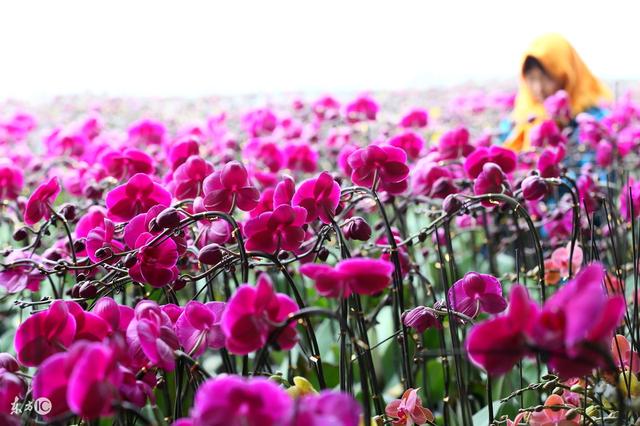
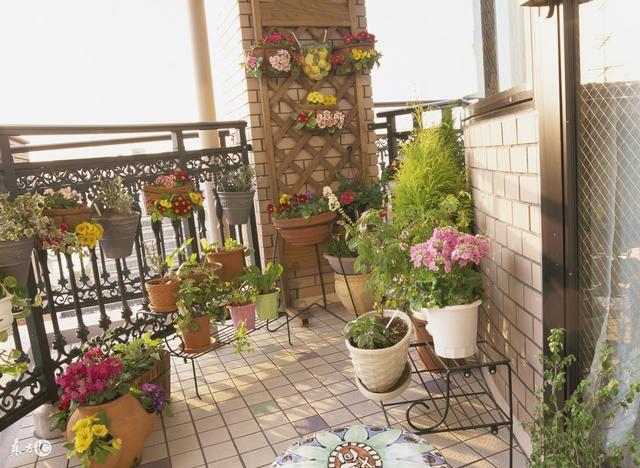
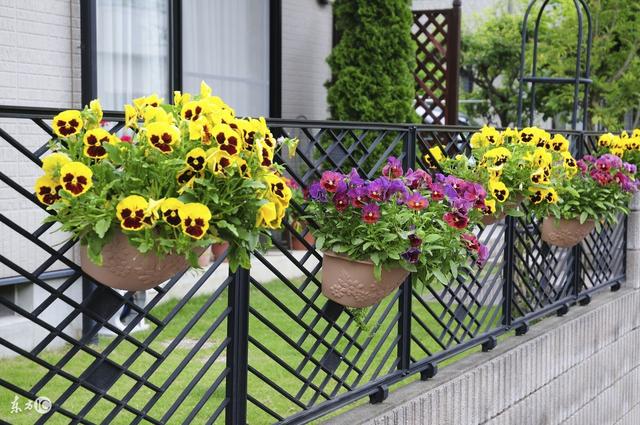
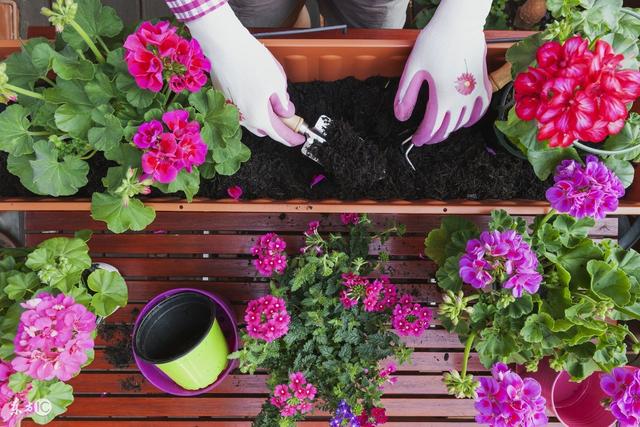
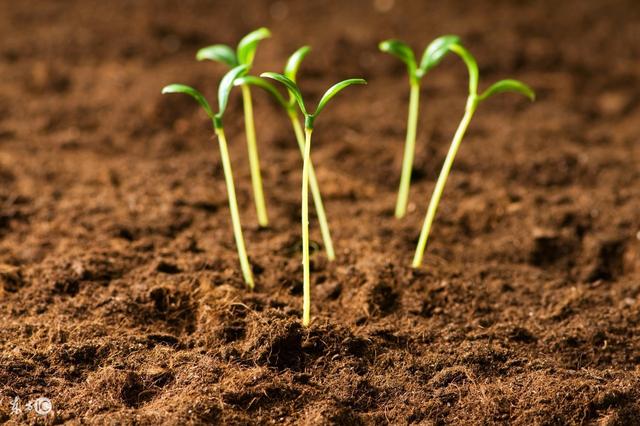
Classification, selection and allocation of potted flower soil?
The roots of ground-planted flowers can stretch freely in the soil without restriction, as long as the soil layer is deep, aerated and permeable, not too acidic and alkaline and has a certain degree of fertility, they can be raised well. For potted flowers, because the root growth is limited by flowerpots and the soil area is small, the quality of potted soil has become a key factor in the success or failure of cultivation. Nationally speaking, there are roughly ten kinds of soil materials that can be used to prepare potted flower culture soil:
1.
It is better for pastoral soil to dig vegetable garden or surface sandy soil that has been planted with legume crops, which has high fertility and good aggregate structure, and is one of the main raw materials for preparing potted flower culture soil. However, it can not be used alone to cultivate potted flowers, otherwise the topsoil is easy to harden after drying, and the ventilation and permeability are poor after watering. The pastoral soil is alkaline in the north and sour in the south, so it must be mixed with other soil materials.
two。
River sand and noodle sand are alluvial soil in riverbed with coarse particles, while surface sand is aeolian soil on sandy wasteland with fine particles. They are free of organic matter and other impurities, equivalent to net, and show a neutral reaction. Can be directly used to cultivate cactus and succulent plants, or used for cutting; can also be directly used to cultivate annual or biennial grass flowers and bulbous flowers. Mixing them into the culture soil is beneficial to aeration and water permeability. Using them alone on potted flowers due to lack of fertility, although it can ensure the survival of flowers and trees, but the growth is poor.
3.
Peat soil, also known as peat soil, is carbonized by ancient plants under the action of drunk peat. Because of the formation of the age is not. At the same time, there are brown peat and black peat. The former is formed for a short time, and the remains of plants can be seen. They are brown, soft, light in weight and slightly acidic, while the latter has been formed for a long time, mostly in the lower layer of the mining area, black or dark brown, muddy and mineral-containing. Neutral reaction, poor quality. It is best to use peat when preparing potted flower culture soil. Peat soil has good properties of water retention, water permeability and ventilation, but the physical structure of other soil materials has not been changed. Brown peat can also be ground into flour to directly cultivate acid soil flowers such as orchid rhododendron, camellia, magnolia, mast and so on. However, due to the lack of fertility, it is necessary to strengthen topdressing after use in order to make flowers and trees thrive. Peat soil also contains a plant growth hormone called humic acid. When cutting flowers and trees, it is very beneficial to stimulate the incision to produce callus and root. Therefore, they are often mixed with river sand or surface sand as cutting substrate.
4.
Soot under the big chimney of the heating boiler, often accumulates a large amount of sand soot, which we happen to use for waste. Use it instead of the river when preparing cultured soil.
Sand or surface sand can not only greatly reduce the weight of basin soil, but also keep the basin soil loose all the time. Soot also contains iron, sulfur, calcium, magnesium and other trace elements, some of which are soluble in water for absorption and utilization of flowers.
5.
Pine needle soil in the mountain area under the pine forest, litter after years of decomposition and maturity, forming a thick layer of pine needle soil. They are grayish brown; they not only have a certain degree of fertility, ventilation and water permeability, but also show a strong acid reaction, and can neutralize the alkali in the northern soil when added to the pot coat culture soil, so they are good soil materials for the preparation of acid culture soil.
6.
Turf soil. When cultivating flowers in Northwest China and Inner Mongolia, a layer of turf 5-8 cm thick can be dug up on natural pastures and grasslands. The grass roots are piled up layer by layer, fermented for two years, then mashed and screened for use. Turf soil is very fertile and contains a lot of mineral nutrients, showing an alkaline reaction. It is a good material for potted rose, chrysanthemum, dahlia and deciduous bulb flowers.
7.
The marsh soil uses the topsoil at the edge of the pond or on the dry swamp ground, and evergreen and semi-evergreen flowers and trees can be cultivated directly. In order to improve their ventilation and water permeability
It is best to add noodle sand or coal soot. It is neutral, rich in humus and minerals, and has strong fertility.
8.
The rotten leaf soil collects the fallen leaves of willow trees or its broad-leaved trees every year after autumn, and then gathers in layers with the pastoral soil. the volume of leaves should account for half of the volume of pastoral soil.
Go. Pour the water thoroughly. After a winter of retting, the mound will be opened at the beginning of next summer, and the rotten leaves will disintegrate quickly in the form of powder when they encounter fresh air. After 2 or 3 times of overturning, the rotten leaves and pastoral soil will be mixed evenly, and then the dead branches can be screened out and used. Rotten leaf soil contains a lot of organic matter, loose and fertile, good ventilation and water permeability, weakly alkaline reaction, which is a good soil material for cultivating rose, chrysanthemum, dahlia and all kinds of grass flowers in the north. In addition to willow leaves, the time for deciduous leaf retting of other broad-leaved trees needs to be prolonged.
9.。
Mountain mud in South China and southwest China is mostly reddish brown, called red mud, showing a strong acidic reaction, suitable for the cultivation of camellia, rhododendron, orchid, magnolia and so on. Most of the mountain mud in Central and East China is grayish brown, which is called Montenegro mud, which is weakly acidic, which is suitable for cultivating sweet-scented osmanthus, mazi, jasmine, Michelia and so on. When digging, it is better to dig the mountain foundation soil, which is the mountain surface soil washed down by Rain Water, which is more fertile and fully weathered, but the stones should be screened out.
10.
When potted flowers are cultivated in the south of the Yangtze River, you can get pond mud or river mud, which is called cement locally. After they are fully dried, they are beaten into small pieces of about 1 cm, which can be directly used to plant flowers in pots. The main roots of flowers and trees grow between the mud blocks, where the ventilation and water permeability are very good, and the fibrous roots, which are beneficial to the breathing of the roots, are plunged into the wet mud to absorb nutrients. The pond mud is more fertile, the mud block is not easy to disintegrate after meeting water, and the quality is higher. The river mud contains more sand, and the mud block is easy to disintegrate, ossify and harden after meeting water, and the fertility is also poor.
In landscaping, some of the above ten kinds of soil materials can be used alone, while others must cooperate with each other, learn from each other's strong points to offset their weaknesses, and be prepared according to the different requirements of soil acidity and alkalinity and moisture resistance of all kinds of flowers. We should also use local materials on the premise of reducing production costs in order to achieve the effect of getting results with half the effort.
- Prev
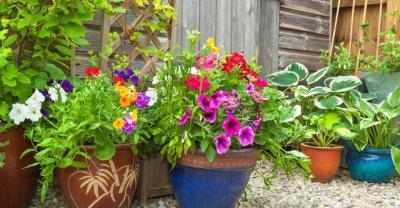
Plant garlic must be disease and pest control technology!
What are the common diseases and insect pests of garlic? How to prevent and cure it? The following will be introduced separately. 1. Botrytis cinerea 1. Select resistant varieties. It is reported that the garlic in Cangshan is high.
- Next
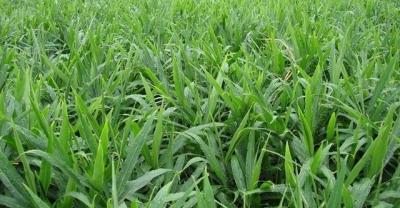
Original, a small way to plant strawberry seeds
First of all, cut 1/3 of the mineral water bottles. Fill it with garden soil. Must be the kind of garden soil that is loose and breathable. The bottle cap pierced the bottom of a small hole with scissors.
Related
- Fuxing push coffee new agricultural production and marketing class: lack of small-scale processing plants
- Jujube rice field leisure farm deep ploughing Yilan for five years to create a space for organic food and play
- Nongyu Farm-A trial of organic papaya for brave women with advanced technology
- Four points for attention in the prevention and control of diseases and insect pests of edible fungi
- How to add nutrient solution to Edible Fungi
- Is there any good way to control edible fungus mites?
- Open Inoculation Technology of Edible Fungi
- Is there any clever way to use fertilizer for edible fungus in winter?
- What agents are used to kill the pathogens of edible fungi in the mushroom shed?
- Rapid drying of Edible Fungi

